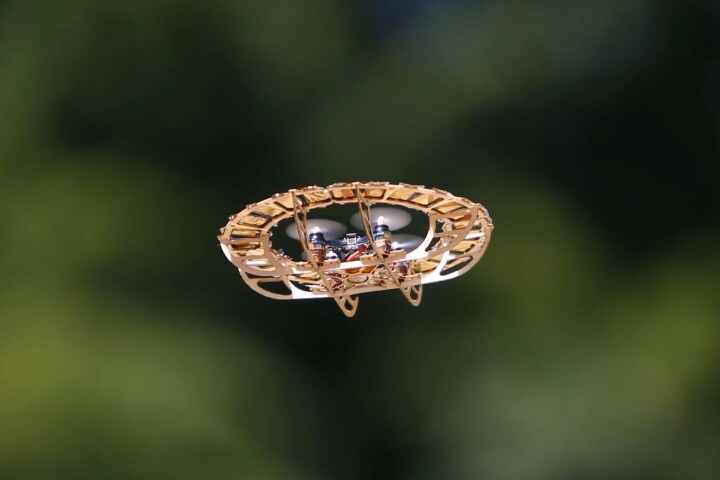Researchers at the CERN Large Hadron Collider have discovered a doubly charming new particle, which has long been theorized to exist. Named Ξcc++(Xicc++) (and no, we don't know how to pronounce it either), the particle is the first found to contain two heavy quarks, and its confirmation should pave the way to a better understanding of the fundamental forces of physics.
Quarks are the minuscule, elementary particles that make up all matter. Inside every baryon (matter particle) are three quarks, and they come in six "flavors": up and down, which are the lightest quarks, plus strange, charm, top and bottom, which are heavy quarks. In theory, these quarks should be able to combine into a variety of arrangements, but observations so far have found they tend to huddle up with just one heavy quark per particle.
The newly discovered Ξcc++ is the first particle found to buck that trend. It's made up of two (heavy) charm quarks and an up quark, giving the particle a mass of about 3,621 MeV – that's four times heavier than a proton. Particles with two heavy quarks have long been expected to exist, but this marks the first time one has been confirmed.
"Finding a doubly heavy-quark baryon is of great interest as it will provide a unique tool to further probe quantum chromodynamics, the theory that describes the strong interaction, one of the four fundamental forces," says Giovanni Passaleva, Spokesperson for the project. "Such particles will thus help us improve the predictive power of our theories."
The next steps for the researchers is to study just how the unusual makeup of the particle behaves, how it's produced and how it decays. In the meantime, LHC scientists will also search for other doubly heavy baryons.
"In contrast to other baryons, in which the three quarks perform an elaborate dance around each other, a doubly heavy baryon is expected to act like a planetary system, where the two heavy quarks play the role of heavy stars orbiting one around the other, with the lighter quark orbiting around this binary system," says former Spokesperson, Guy Wilkinson.
The research was published in the journal Physical Review Letters.
Source: CERN




